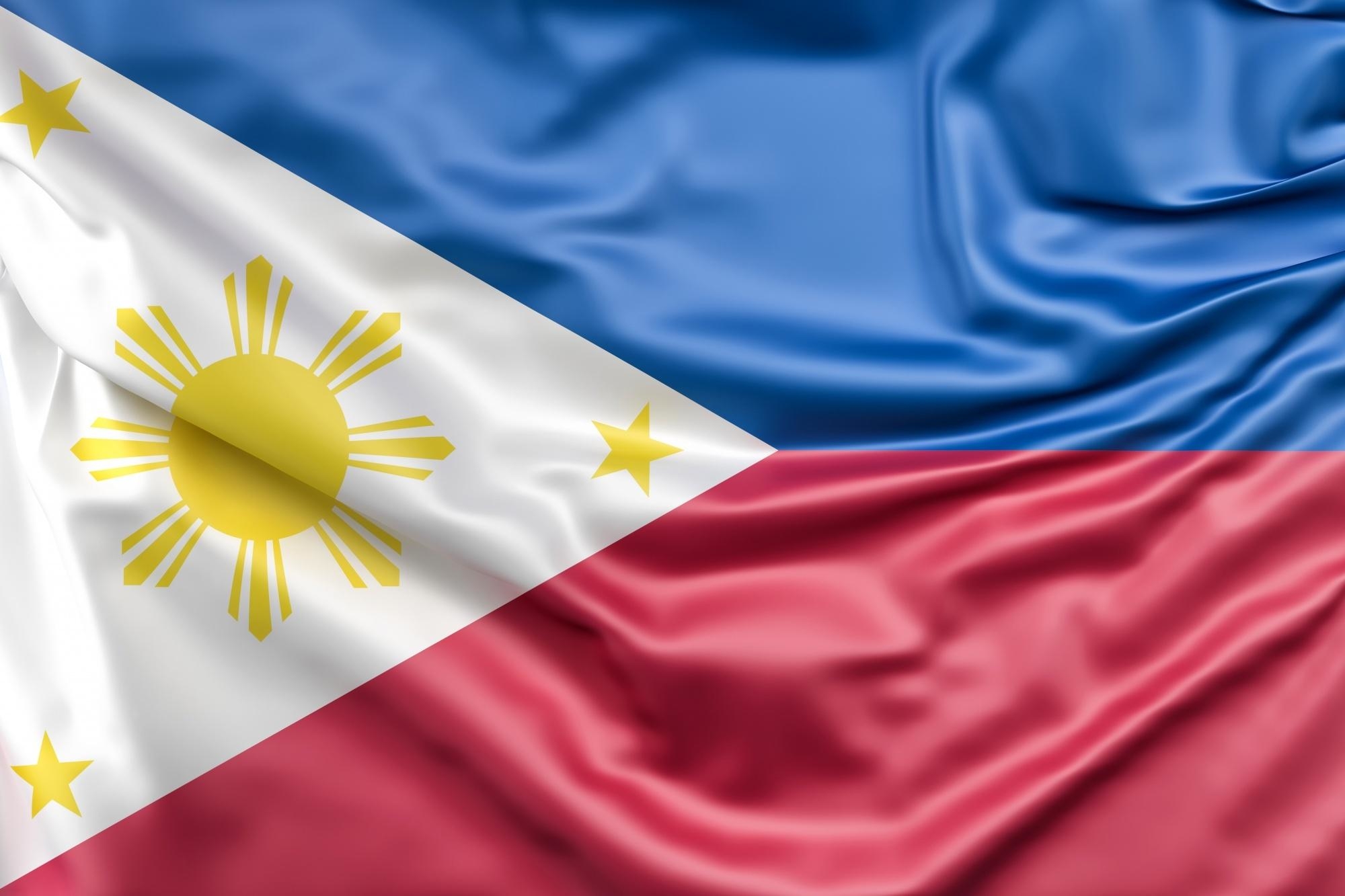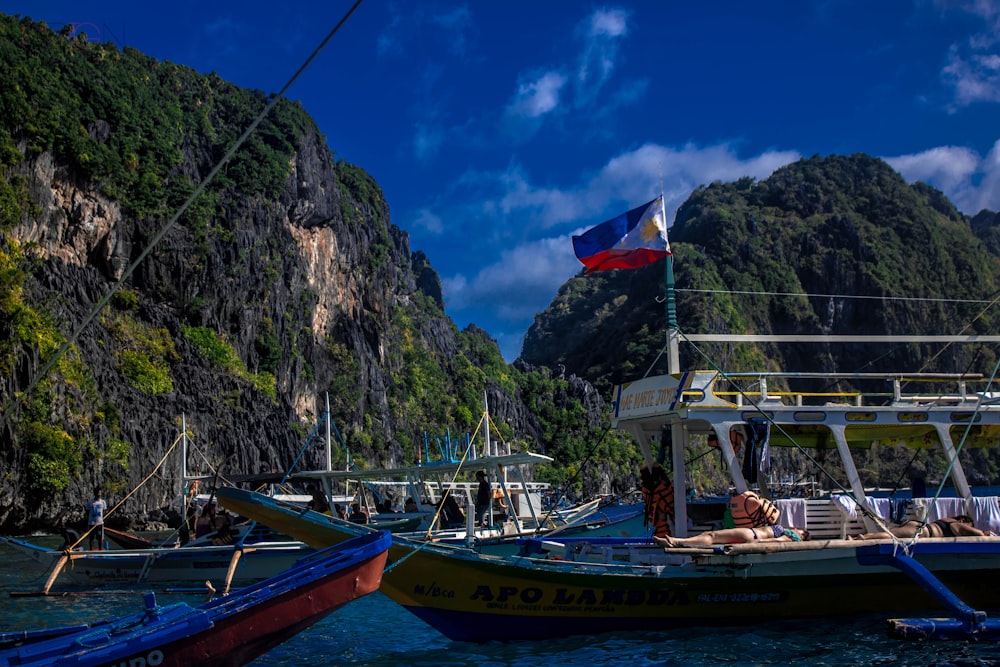
The Philippines is a fascinating place to visit either as a tourist or as someone with the intent of working here. Opening its doors to foreigners, the country provides a simple visa policy with various options of visas. All of which depends on your nationality. Certain countries have a visa-free entry agreement; some have a visa-free entry for up to 30 days and more, while some do not. Citizens from nations that do not, have to apply for a visa at an embassy before they leave. However, if a citizen, eligible for a free visa entry finds the duration too short; such a person can apply for a visa that matches the duration.
Here is a guide covering four major things you should know if you have plans on residing indefinitely here.
- Visa types
- Permanent residency
- How to apply
- Requirements
Visa types to the Philippines
The type of visa a foreigner requires depends on three factors; the duration, the purpose of travel, and nationality. Visa categories to the Philippines are two: non-immigrant visas and immigrant visas. They can also be referred to as short stay and long stay visas.
Non-immigrant Visas
These visas can be obtained for short stay purposes such as trade, tourism, transit, study, etc. they are temporary and cover the entry of foreigners exceeding 30 days. A tourist visa is necessary if you are going to stay longer than 30 days on your visit or your country is not eligible for the visa waiver policy.
A business/Trade visa is granted to persons traveling for business purposes such as a conference, shareholders meeting, etc. Depending on your country’s eligibility, you may choose to apply for this visa, which is valid for 59 days.
A Transit visa is issued to foreigners traveling on route to another destination. Application for this is strictly due to ineligibility for a visa waiver. A study visa is granted to a student who has been given admission into a Filipino institution.
Immigrant Visas
These visas are provided to foreign nationals who intend to live in the country permanently. They usually give their owners the ability to work and live for an extended period. Work visa issued to foreigners who will work for Filipino companies while living here. You will have to apply for a work permit upon arrival.
Spouse visa issued to the partners of Filipino citizens and/ their children. Retirement visas are granted to foreigners who want to retire here and have sufficient sustenance to live on.
Permanent Residency
You can easily obtain permanent residency in several ways. The simplest is by marriage. A foreigner can apply for a permit to live indefinitely here if such a person becomes a spouse to a citizen. A residence permit lets you reside for long without having to exit the country. When it expires, you can easily renew it. Another option is to apply for a permit after living for a long time.
How to apply
Getting a permanent residence means you can stay for a long time, but you will have to renew the permit. Citizenship grants you the legal right to live here without having to renew it. To become a citizen, you will have to live permanently for 10 years before applying. Ways you can obtain citizenship are:
- By descent: a person with at least one Filipino parent who was born abroad.
- By naturalization: a person who has lived in the same place for ten years or more.
- By dual nationality: a person born to foreign parents in the country.
Requirements
You must meet the following criteria to become a lawful citizen:
- Be older than 21 years of age;
- Have lived in the same place for a minimum of ten years;
- Good moral character and belief;
- Possess real estate worth at least 5,000 pesos;
- A source of income, such as a job, profession, or trade.

